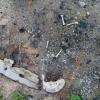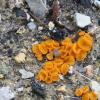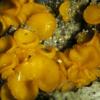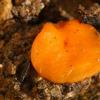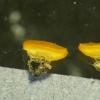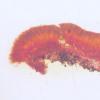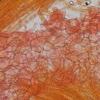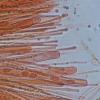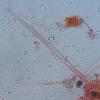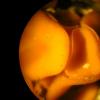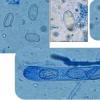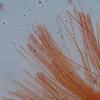
12-12-2025 18:39
Mirek GrycHello everyone.Macrofeatures similar to Mollisia b

09-12-2025 12:06
 Andgelo Mombert
Andgelo Mombert
Bonjour,Je recherche l'article concernant Hypobryo

07-12-2025 16:07
Arnold BüschlenHallo, ich habe in einer Moos-Aufsammlung (epiphy

08-12-2025 21:04
Mark Stevens"Hello everyone,I'm relatively new to microscopy (

08-12-2025 18:59
 Lothar Krieglsteiner
Lothar Krieglsteiner
.. found by a seminar-participant, I do not know t

08-12-2025 17:37
 Lothar Krieglsteiner
Lothar Krieglsteiner
20.6.25, on branch of Abies infected and thickened

16-03-2014 22:00
Hello,I found this species a few months ago but ha

08-12-2025 13:39
Thomas Læssøehttps://svampe.databasen.org/observations/10572899
 I am trying to identify a Cheilymenia sp. using keys by J. Moravec (1984) found on burnt ground and plant debris (and there was also some dead reamians of fowl)
I am trying to identify a Cheilymenia sp. using keys by J. Moravec (1984) found on burnt ground and plant debris (and there was also some dead reamians of fowl)My first problem is if the spores are striated or not, and in some images stained in cotton blue, I can make vague striations but they can be shadows not striations. I am assuming that they are fine striations and hence attribute the species to Sect. Striatisporae (which include some species that grow on plant debris). The hairless apothecia would lead to be Sect. Coproba and easily keyed to C. granulata, but this is a dung species and excluded for that reason.
Further info:
Excipulum (medullary): Spherical to broadly elliptical usually with obtuse angles forming an isohedral, 30-48 µm wide
Hairs on rim: A few present, scattered, quite inconspicuous and hyaline
Hairs length: (150–)200–400(–450)µm
Hairs morphology Hyaline, straight, sometimes with a swollen tip (or swollen just below the apex) 1- or 2- septate (depending length of hair) with a bulbous basal hypha, ovoid and asymmetric and with a septum just above the base and sometimes a second septum located about the proximal third of the hair length.
Ascum average size 215.3 µm x 12.3 µm
Iodine reaction J -ve
Spore average size 15.2 µm x 8.7 µm
Spore Q factor 1.71
I am inclined over C. theleboloides s.l. likely f. glabra for being almost hairless and which grows on wide range of habitats (and the text says easily confuses with granulata mentioned above !)
